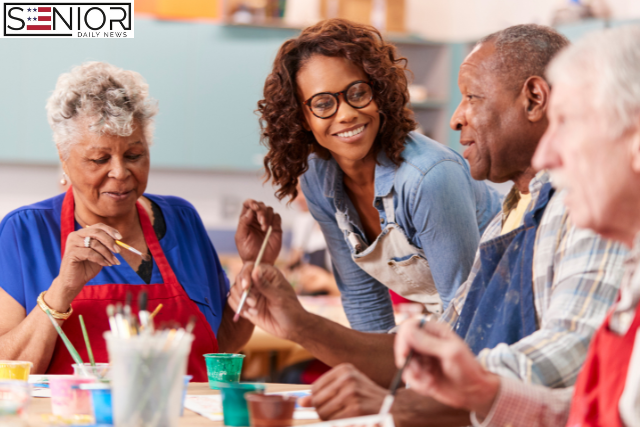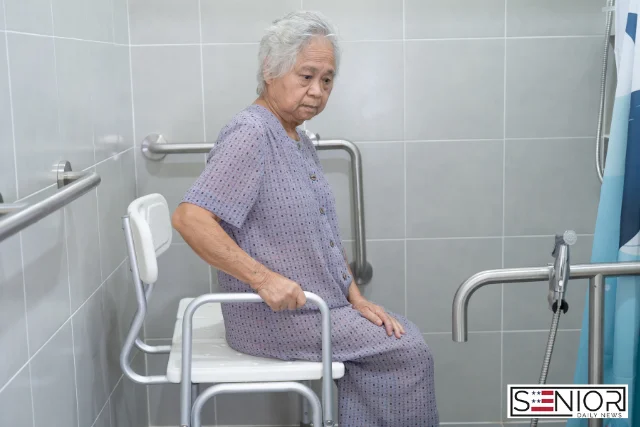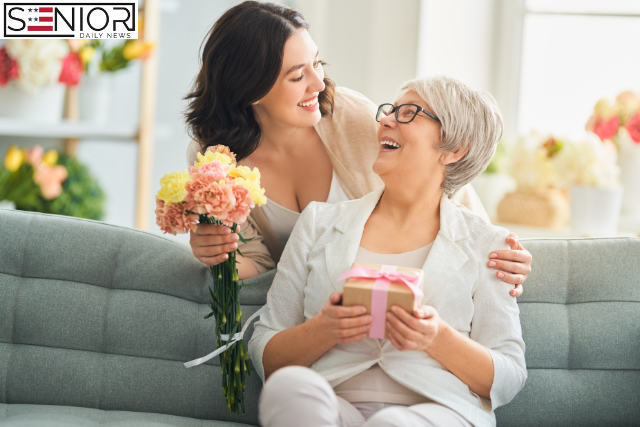The Benefits of Senior-Focused Art Classes: Creativity and Self-Expression

Aging gracefully isn’t only about maintaining physical health — it’s also about nurturing the mind and spirit. For many seniors, retirement and the golden years open up opportunities to explore passions they may not have had time for earlier in life. One of the most rewarding and enriching options is joining senior-focused art classes.
Art is more than just painting pretty pictures or creating decorative items. Engaging in artistic activities offers a range of cognitive, emotional, and social benefits. Whether it’s painting, drawing, sculpture, or mixed media, art classes designed specifically for seniors help promote creativity, self-expression, and mental well-being.
In this article, we will explore the wonderful benefits of senior-focused art classes, why creativity matters at every age, and how self-expression through art can lead to a happier, healthier life.
Why Creativity Matters for Seniors
Creativity plays a vital role in keeping the brain sharp and the heart full. Studies show that creative pursuits can help reduce stress, boost mood, and even improve cognitive function in older adults.
For many seniors, retirement may come with challenges such as loneliness, loss of routine, or physical limitations. Engaging in art offers an opportunity to shift focus from worries and embrace a joyful, mindful activity.
Creativity also encourages problem-solving and experimentation. Trying new techniques, mixing colors, or crafting unique pieces gives seniors a sense of accomplishment and purpose.
The Key Benefits of Senior-Focused Art Classes
1. Enhancing Cognitive Function
One of the most notable benefits of art classes for seniors is the way they stimulate the brain. Creating art requires concentration, memory, and problem-solving — all of which help keep the mind active and healthy.
Learning new artistic techniques also promotes neuroplasticity, which is the brain’s ability to form new neural connections. This can help delay age-related cognitive decline and maintain mental sharpness.
In fact, research has shown that seniors who participate in creative activities experience improvements in memory, reasoning, and processing speed.
2. Promoting Emotional Well-Being
Art is a powerful tool for emotional expression. Seniors may face a variety of emotional challenges, such as grief, loneliness, or adjustment to life changes. Creating art offers a safe and positive outlet to process and express feelings that may be difficult to articulate with words.
Through painting, drawing, or sculpting, seniors can explore and express emotions like joy, sadness, nostalgia, or hope. This can lead to:
Reduced stress and anxiety
Increased feelings of relaxation and mindfulness
A sense of control and self-empowerment
Improved mood and lower rates of depression
In essence, art becomes a form of therapy — soothing the mind and uplifting the spirit.
3. Encouraging Social Connection
Many senior-focused art classes are conducted in group settings, which offer valuable social benefits. Regular interaction with peers fosters:
Friendship and camaraderie
Opportunities for sharing stories and ideas
Reduced feelings of isolation
Social connections are crucial for emotional health, especially as seniors face changes in their social circles. Art classes provide a welcoming and inclusive environment where seniors can engage with others who share similar interests.
4. Improving Fine Motor Skills
Art activities often involve detailed movements, whether it’s holding a brush, manipulating clay, or threading beads. These motions help maintain and improve fine motor skills, hand-eye coordination, and dexterity.
For seniors with arthritis or other mobility challenges, practicing these movements regularly can enhance flexibility and ease daily tasks like writing or buttoning clothes.
5. Boosting Self-Esteem and Confidence
Completing an art project — regardless of skill level — can be immensely satisfying. Seeing a finished painting or sculpture that you created with your own hands fosters a sense of pride and accomplishment.
For seniors who may feel a loss of purpose after retiring or after children have grown, creative expression can help restore confidence and reinforce their sense of identity.
6. Providing Lifelong Learning Opportunities
Learning doesn’t stop with age. In fact, many seniors find great joy in continuing to explore new interests and skills. Art classes offer an opportunity for lifelong learning in a relaxed, supportive setting.
Whether exploring a new medium or refining existing skills, seniors benefit from the intellectual stimulation and sense of discovery that comes with artistic endeavors.
Types of Art Classes for Seniors
Senior-focused art classes come in many forms to cater to different interests, abilities, and mobility levels. Some popular options include:
Painting (watercolors, acrylics, oils)
Drawing (charcoal, pastels, pencils)
Sculpture and clay modeling
Textile arts (knitting, quilting, weaving)
Mixed media and collage
Digital art and photography
Craft classes (jewelry making, card crafting)
Many classes are adapted to meet physical and cognitive needs, making them accessible to all skill levels.
How to Get Started
For seniors interested in exploring their creative side, getting started is easier than ever.
Local community centers, senior centers, and art studios often offer classes specifically for older adults.
Online platforms now provide virtual classes, allowing seniors to participate from the comfort of home.
Libraries and museums frequently host free or low-cost art workshops for seniors.
Retirement communities and assisted living facilities may offer on-site art classes as part of their enrichment programs.
Choosing a class that feels welcoming and matches your interests will help make the experience enjoyable and fulfilling.
FAQs About Senior-Focused Art Classes
Q1: Do I need to have experience to join an art class?
Not at all. Senior-focused art classes are designed for all skill levels. Instructors often provide step-by-step guidance and encourage creativity over perfection.
Q2: Are art classes safe for seniors with mobility issues?
Yes. Many classes are adapted to meet mobility needs. Seated activities, easy-to-handle materials, and supportive instructors make art accessible for everyone.
Q3: Can art classes help with memory issues?
Art classes can be beneficial for seniors with mild memory concerns. Engaging in creative activities stimulates the brain and promotes mental alertness.
Q4: What should I bring to my first art class?
Most classes provide materials. However, it’s a good idea to ask ahead. Comfortable clothing and a positive attitude are always recommended.
Q5: How often should seniors participate in art classes?
This depends on personal preference and availability. Weekly classes are common, but any regular engagement in creative activities can provide benefits.
Image Designed Using Canva






